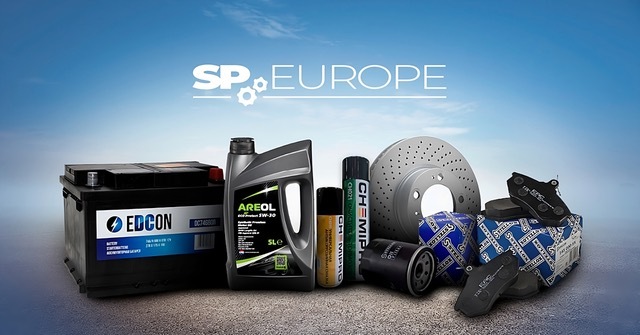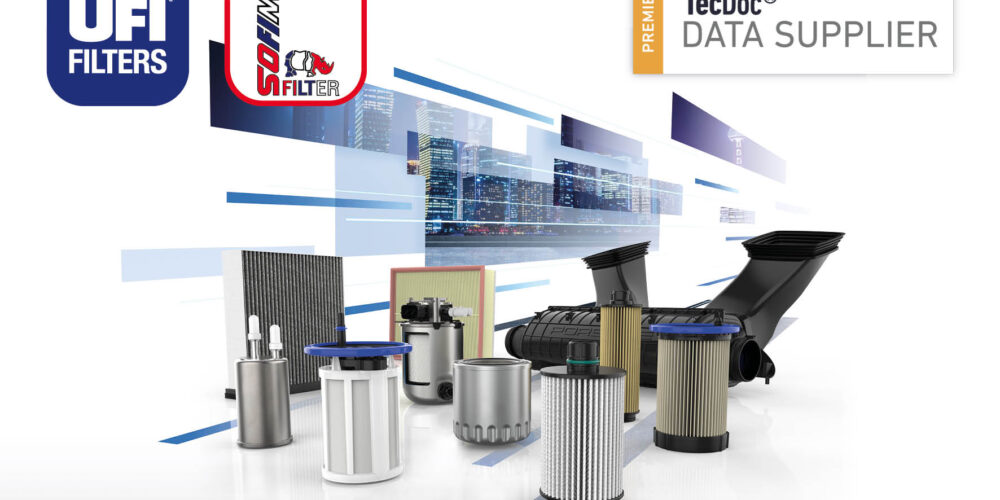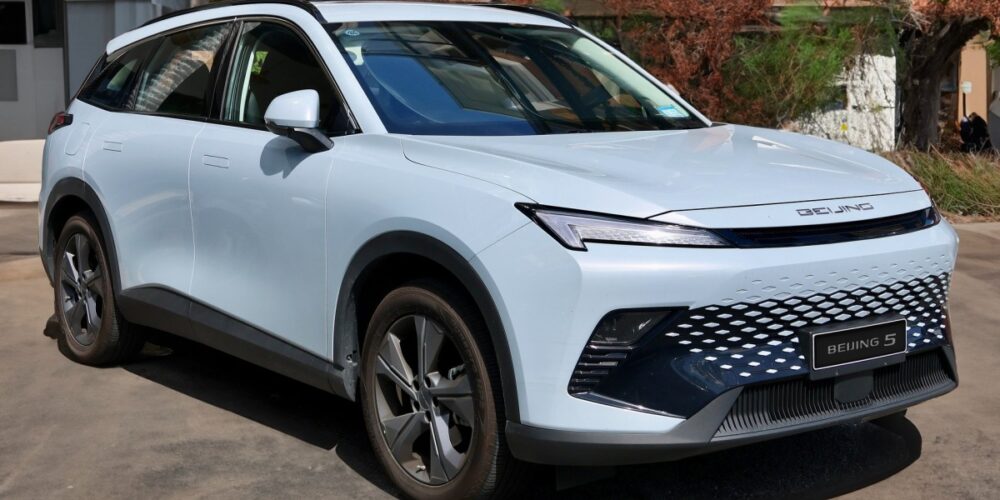The importance of the brembo radial master cylinder on the catalonian circuit and the advantages of the 19rcs corsa corta cylinder
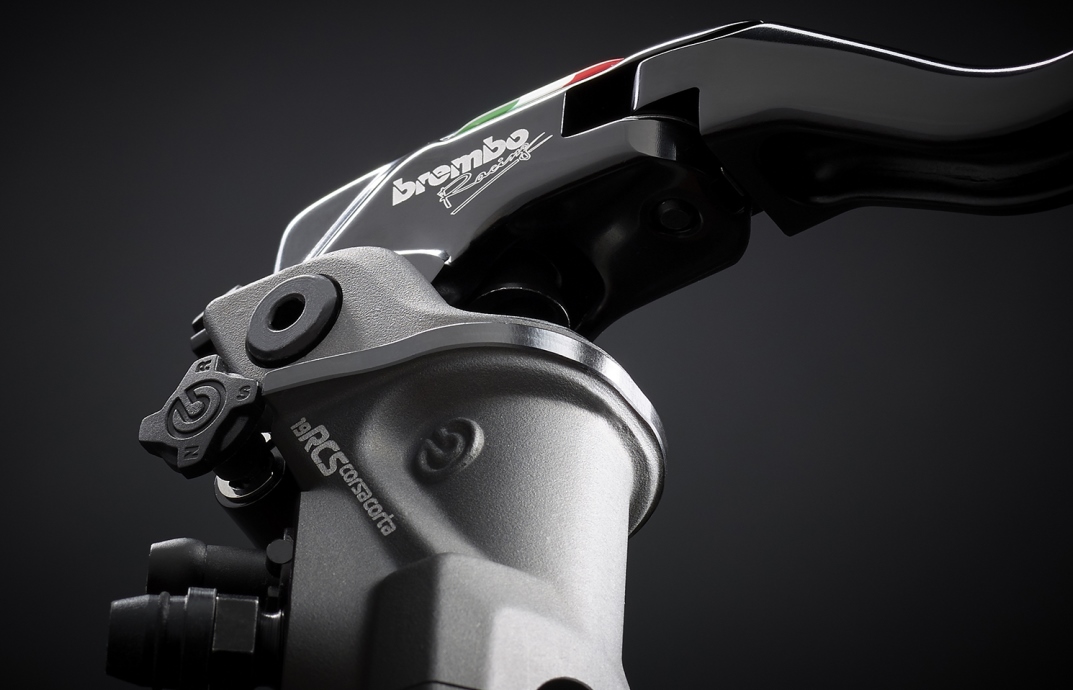
The last of the summer World Superbike Championship events which for the third time this year takes place on a Spanish track. According to the Brembo technicians who work closely with 17 World Superbike riders, the Circuit de Barcelona-Catalunya is a very challenging circuit for brakes.
On a scale of 1 to 5, it has a difficulty rating of 5, the highest of the season, on a par with Donington Park. However, unlike the British circuit, the Catalonian track hosted the Superbike championship last year for the first time: the result was 3 thrilling races with 3 winners representing 3 different manufacturers, all assisted by Brembo components.
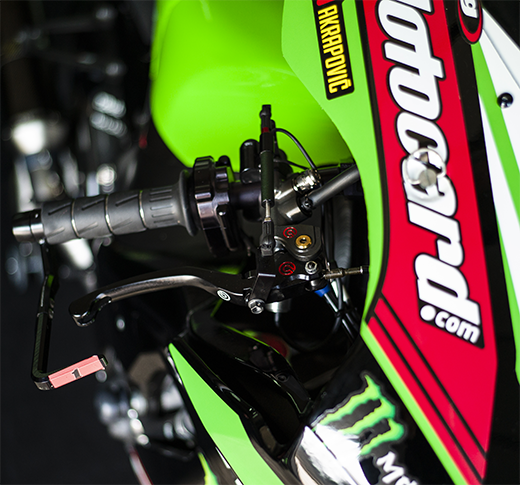
No friction or locking with the Brembo radial master cylinder for Superbikes
Most Superbike riders use the Brembo radial brake master cylinder. Both the strength of the fingers on the brake lever and the strength of the lever itself move in the same direction, i.e. radially, with regard to the point where the cylinder is fastened to the handlebar without generating friction or locking. This ensures that no energy is wasted.
When the World Superbike Championship began in 1988, the bikes in those days still used axial master cylinders which were made using casting and were rather bulky. Just a few months later, billet radial master cylinders with shaped levers appeared, already successfully tested in World Championship GP Motorcycle racing in the late eighties.
Technology for street-legal motorcycles, too
Drawing inspiration from its extensive experience in MotoGP and Superbike, Brembo created the 19RCS Corsa Corta radial master cylinder, perfect for leisure riding both on the road and on the track. One of its special characteristics is the rider’s ability to adjust the free play (i.e. bite point) to three different levels.
In other words, the rider can adjust the stage during which braking is not active, determining the point when the braking system starts to apply pressure according to their own riding style, the conditions of the asphalt or the weather.

One more than MotoGP
Unlike MotoGP which uses the brakes on 9 turns for a total of 29 seconds on each lap, Superbike uses them 10 times for over 31 seconds. What makes the difference is turn 3 with braking that lasts 1.5 seconds, the equivalent of 64 meters (70 yards), for the superbikes even if it is not very intense: 1.4 kg (3 lb) of load on the brake lever and 0.5 G of deceleration.
This is due to the fact that the prototypes are more powerful and the MotoGP bikes lose more speed on the corners: on the first corner, for example, the speed drops by 233 km/h (144.8 mph) compared with 214 km/h (133 mph) for the Superbikes which on turn 10 also record a deceleration of 193 km/h (120 mph) compared with 201 km/h (125 mph) for the MotoGP bikes. However, the Superbikes have a higher load on the brake lever from the start to the checkered flag: 918 kg (2023 lb) per rider, almost one quintal more than the MotoGP bikes which use carbon fiber discs.
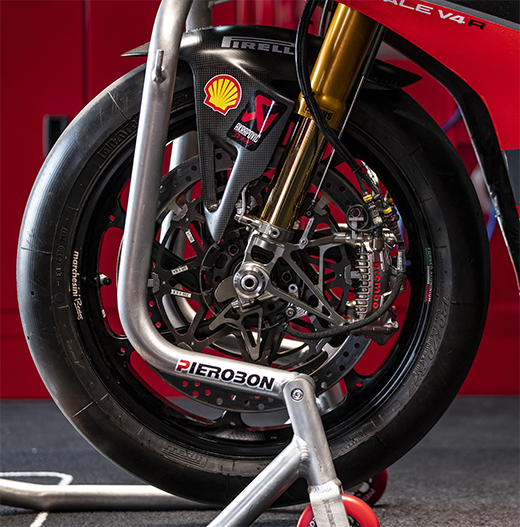
Seven kilograms on the first corner
Of the 10 braking sections at the Circuit de Barcelona-Catalunya, 4 are classified as highly demanding on the brakes whereas 3 are of medium difficulty and the other 3 are light.
Just like the MotoGP bikes, the hardest section of all is the first corner due to the straight leading up to it which extends for over one kilometer (1,047 meters to be precise): to drop from a speed of 310 km/h (193 mph) to 96 km/h (60 mph), the riders brake for 4.9 seconds with a load on the lever of 6.9 kg (15.2 lb) and sustain a deceleration of 1.5 during which the bikes cover a distance of 257 meters (281 yards).
/www.brembo.com/

